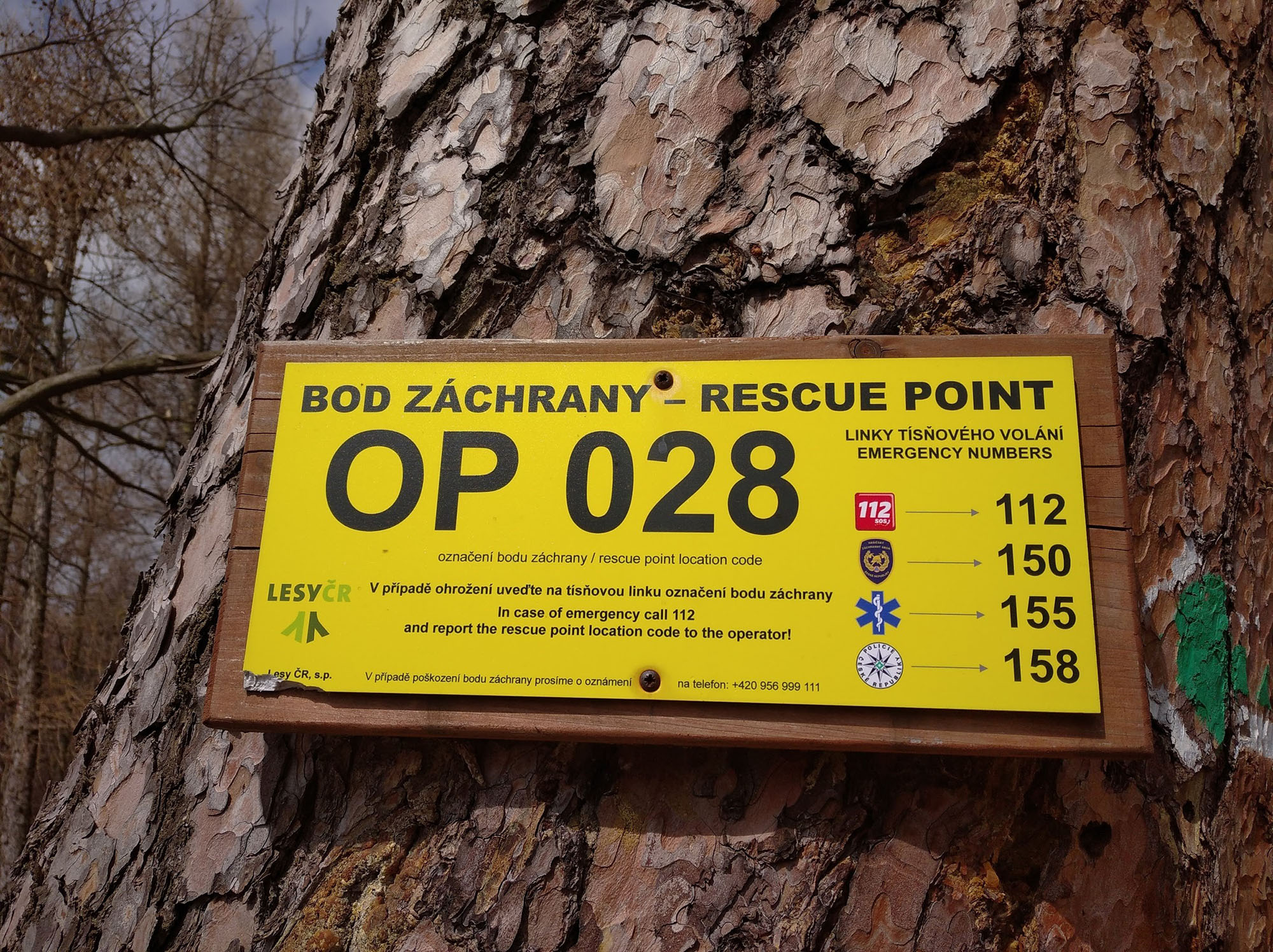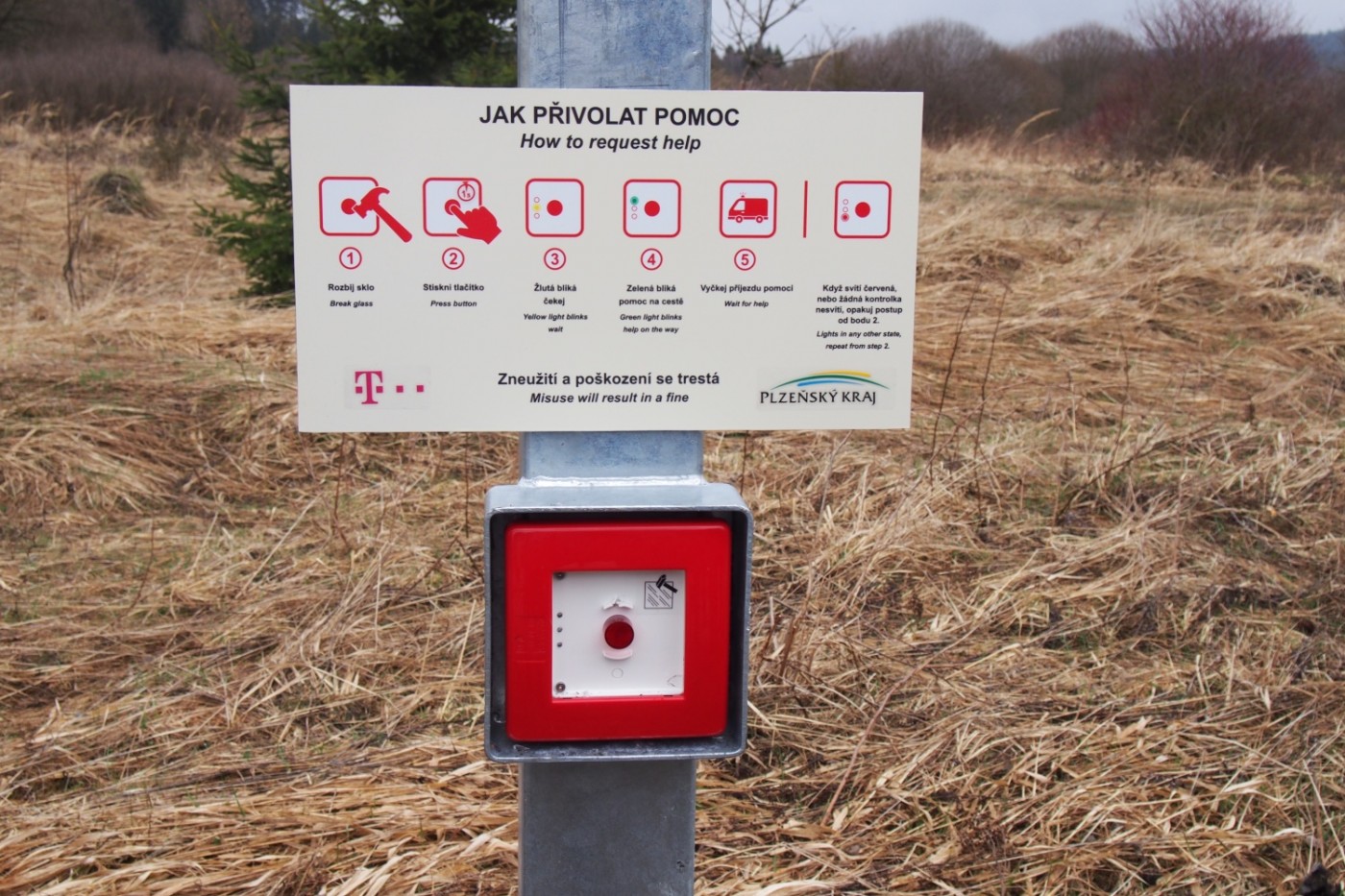Approach to the unresponsive patient
Rules for the emergency call
- the dispatcher of the emergency service needs to know:
- where you are
- what has happened
- your identification (name and the phone number - it enables the dispatcher to call you back if needed)
- never end the call as the first one, wait for the instructions from the dispatcher
- if possible, turn on the loudspeaker - it enables you to provide first aid and at the same time to speak to the dispatcher
- answer the dispatcher's questions
- obey the dispatcher's instructions (the dispatcher is trained to guide you through the assessment of the patient's status and also to give you advice about providing first aid - dispatcher-assisted CPR, etc.)
- in case you are alone and you do not have a mobile phone with you and you need to start CPR by the patient, you should consider to call EMS first and then start CPR
- the procedure and your next steps will always depend on the situation you are facing
Where are you?
- before you dial the emergency phone number, think out how you describe your location to the dispatcher
- if you want to dial 155, we recommend you to use the app Záchranka since it enables you, beside dialling, also to share the information about your location
- a new service called Advanced Mobile Location (AML) is now available on smartphones (in the moment only for Android) in the EU - when you dial the emergency phone number, the AML will send your location to a dedicated emergency centre
- to localize the caller AML uses information from GPS, wifi and mobile data from the mobile phone
- the following information, if provided, may help the dispatcher to find the area of the incident more quickly:
- the whole address (including the house numbers)
- the number of the floor or the part of the building (e.g. University Campus Bohunice, building A11, 1st floor, room 114)
- significant landmarks in the area of the incident - it is especially important when you are, for example, in a park or square (as the landmark, you can describe a building, a monument, nearby stop of the public transport, etc.)
- in case of a car accident, it could be useful to provide the information about kilometre markers or milestones, the number of the nearby exit from the motorway, the name of the last passed village, crossroad or turning, etc.
- your GPS coordinates
- the number of the street lamp in some towns can also help (the lamps are not numbered everywhere)
- the number of the railroad crossing
- rescue and trauma points (see the pictures below)
- all the cars produced after 2018 must have a system called eCall
- it is a system which automatically sends information and makes a free 112 emergency call if your vehicle is involved in a serious road accident (the dispatcher receives various information, e.g. about the number of the people in the car corresponding with fastened safety belts or whether the car turned on the roof based on the information from the car sensors)


What has happened?
- before you dial the emergency phone number, think out how you describe the incident to the dispatcher (i.e. the reason why you are calling the emergency service)
- before you dial the emergency phone number, find out the number of the casualties and assess their status (e.g. two adult patients stuck in a car with the loss of the consciousness, a 5-year-old child who is conscious)
- describe as accurately as possible what you can see or hear in the area of the incident, or transmit the description from someone else
- do not share your assumptions or hasty conclusions; they could be misleading to the dispatcher
- if the patient's status changes, contact the number 155 again (e.g. to tell that the patient has become unresponsive)
What should you do until the Emergency Medical Service arrives?
- provide first aid to the patient (follow the dispatcher's instructions)
- assess the patient's status regularly (e.g. if the unresponsive patient breathes, check the breathing regularly whether it has not changed)
- if there are more rescuers, ask one of them to accompany the EMS to the area of the incident (e.g. wait for them in front of the building), or ensure that the EMS can enter the area of the incident without any obstacles (e.g. open for them the locked doors)
- prepare safe surrounding for the EMS (e.g. put your dog into the kennel)
- if you have enough time, prepare the patient's identification, medical reports from his/her last check-ups or hospitalizations, his/her regularly used drugs, etc.